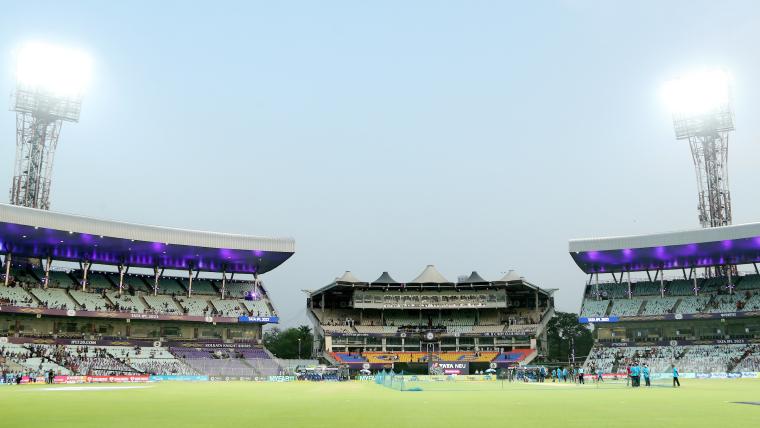Cricket Embraces Technology to Reduce Umpire Errors
In the world of cricket, every decision is a game of small margins, and the power to make those decisions lies with the umpires on the field. However, human error is always a possibility. To combat this, cricket has turned to technology to minimize the chances of a wrong call from the on-field umpire.
Players also have the opportunity to challenge the on-field umpire’s decision through reviews, allowing them to send decisions upstairs to the third umpire for a second look.
However, one of the most contentious decisions in cricket, the leg before wicket (LBW), has been a point of debate due to the fallibility of the technology used. This has become evident in several matches during the ongoing World Cup.
One such instance occurred in the Pakistan versus South Africa World Cup 2023 match, where Tabraiz Shamsi was declared not-out by the on-field umpire on an LBW appeal. The ball-tracking showed that the wickets would only clip the leg-stump, confirming the on-field decision. This decision ultimately played a crucial role as South Africa managed to just about get over the finish line while chasing a target of 271.
As the World Cup heads to its conclusion, the focus has turned to the umpire’s call in the Decision Review System (DRS), particularly in relation to LBW dismissals. The umpire’s call refers to a situation where the on-field umpire’s original decision stands if the ball-tracking technology indicates that the ball’s impact or hitting the stumps falls within a certain margin of error, thereby incorporating the umpire’s judgment into the review process.
The ICC Cricket World Cup 2023 handbook defines the umpire’s call as a concept within the DRS, which applies in specific circumstances where the ball-tracking technology indicates a marginal decision in respect of either the Impact Zone or the Wicket Zone.
Despite its intended purpose, the concept of ‘umpire’s call’ has been met with controversy, with many in the cricketing world, including legendary India cricketer Sachin Tendulkar, expressing displeasure over its use. This has led to calls for the ICC to consider removing it from ball-tracking technology.
However, some have also defended the importance of the umpire’s call, highlighting the inherent unpredictability of ball-tracking technology and the need to balance technology with the on-field umpire’s authority.
With the conclusion of the World Cup approaching, the debate around umpire’s call in LBW dismissals continues to divide opinions in the cricketing world.

I have over 10 years of experience in the cryptocurrency industry and I have been on the list of the top authors on LinkedIn for the past 5 years. I have a wealth of knowledge to share with my readers, and my goal is to help them navigate the ever-changing world of cryptocurrencies.







